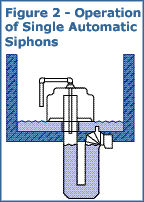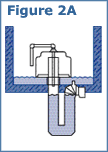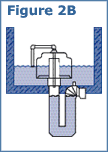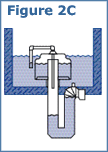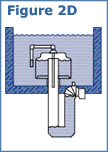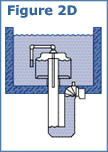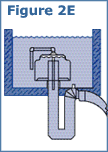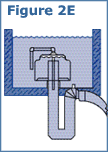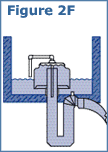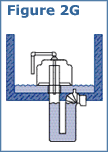Automatic Dosing Siphons for Septic Systems and Small Disposal Plants
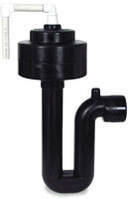
Fluid Dynamic Siphons, Inc. is the global leader in the manufacture and distribution of automatic dosing siphons. Since 1981 the company has offered the broadest bell siphon product line in the industry featuring the best designs and highest quality materials. Dosing siphons are employed to make soil absorption systems more effective and long-lived, and are also known as automatic bell siphons, siphon pumps, siphon valves, inverted siphons, and in British English as "dosing syphons". In addition to offering in stock siphons for sale, the company also provides design and manufacturing in custom siphon sizes for its bell siphon customers.
|
Siphon DesignThe company’s siphons feature a bell and trap design. Products are molded using medium density polyethylene. The molded design feature provides:
|

